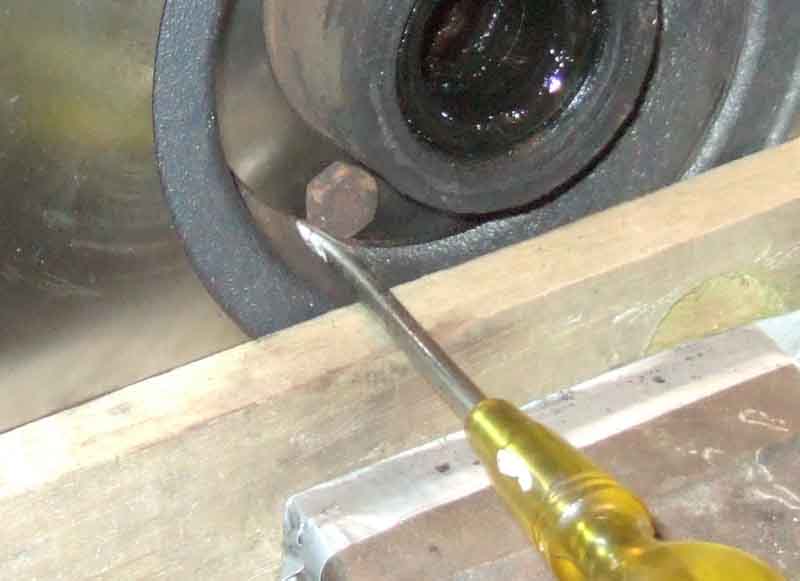Blued disc. Swept depth also seems to be noticeably smaller than the other disc. This is the very thin disc, but I opt for replacing both.
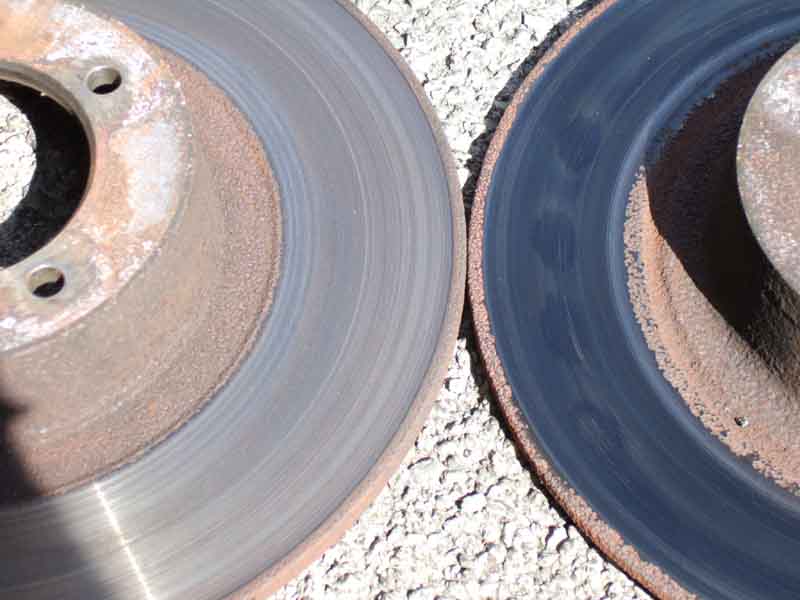
Using 'ground effect' to assist in undoing the nuts and bolts. All the bolts turned before the nuts cracked loose so I had to have a socket either side. That on the bolt head needs to be kept as square as possible and pushed onto the head as much as possible as the socket only fits on about half-way due to a step on the disc flange. When I knew I was going to do the same job on a pals car I got hold of a large bench vice which I was able to use to grip the disc while my pal pushed the socket/box-spanner (see below) onto the bolt head while I used a breaker bar on the socket.
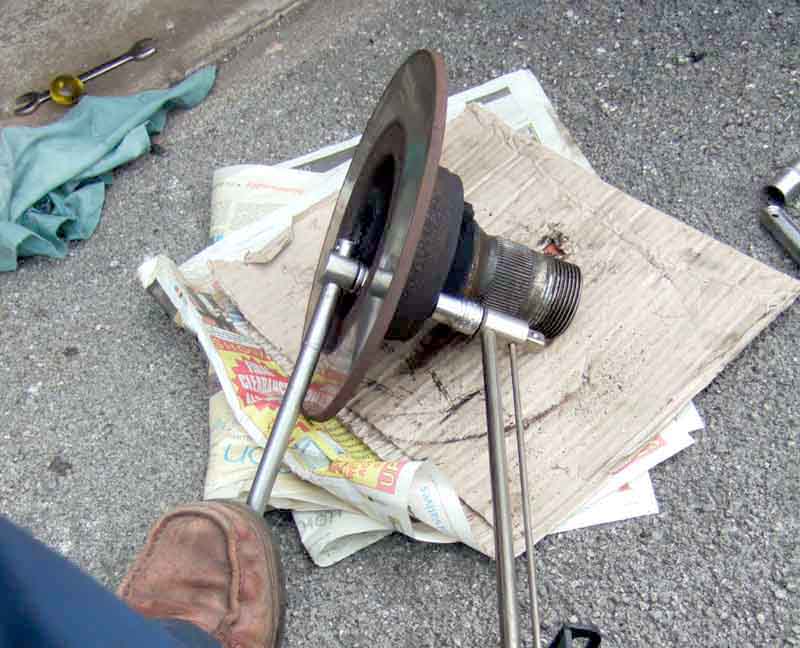
One of Bee's discs showing no clearance at all between the angle on the bolt head and the raised portion at the bottom of the well. This is a result of the flange being cast much thicker than it needs to be, so quite a lot of metal has been machined off, but not out to the wall of the well. This leaves a step on the flange which significantly reduces how far a socket can go on the head and also puts it an angle, making it very likely to slip off damaging the head in the process.
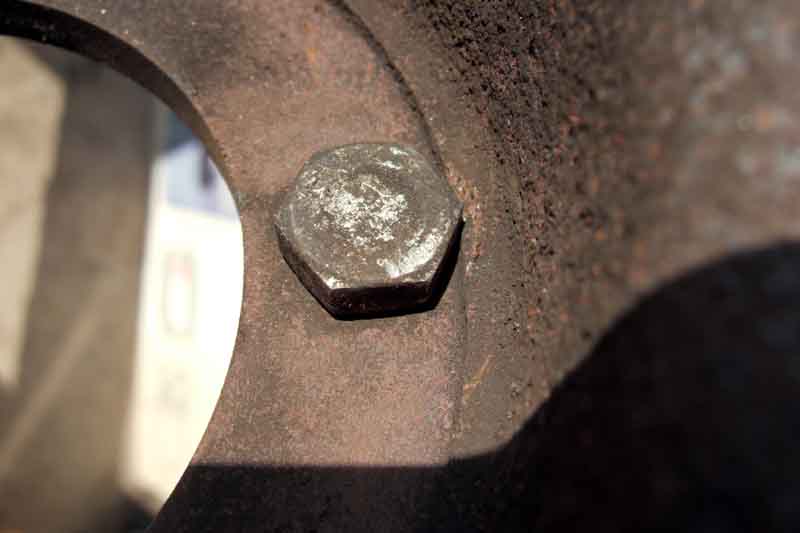
The new disc has a larger clearance, but still isn't enough for a socket to fully seat. However a box-spanner (inherited from my Dad, been in my toolbox unused for probably 40 years) did when the bolt head flat was aligned as shown, as the box-spanner is only 0.747" across the flats externally whereas my sockets are 0.809" OD.
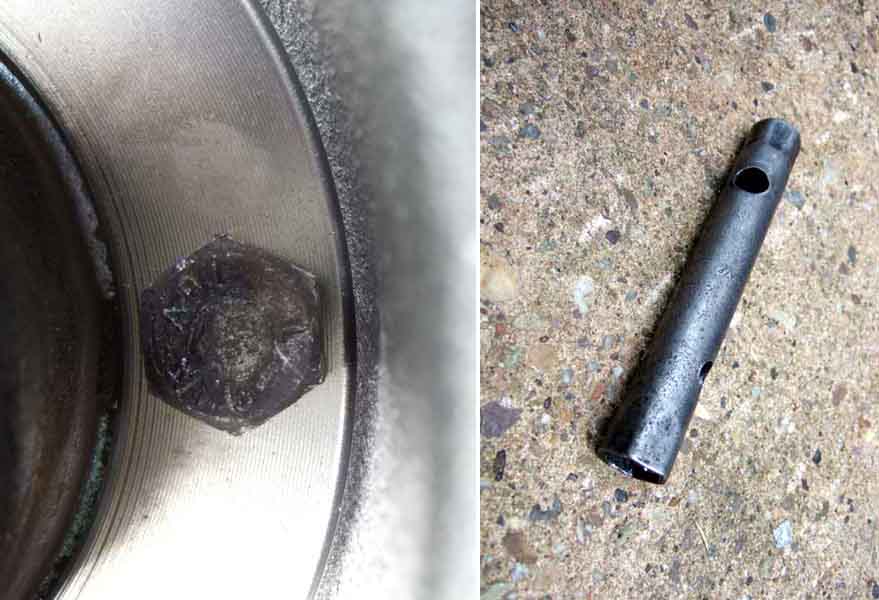
My pal's original disc with significantly greater clearance, enough for a socket to fully seat. This is cast differently as the rough wall of the well goes straight down almost to the machined face, so very little machining, and what there is goes right out to the wall.
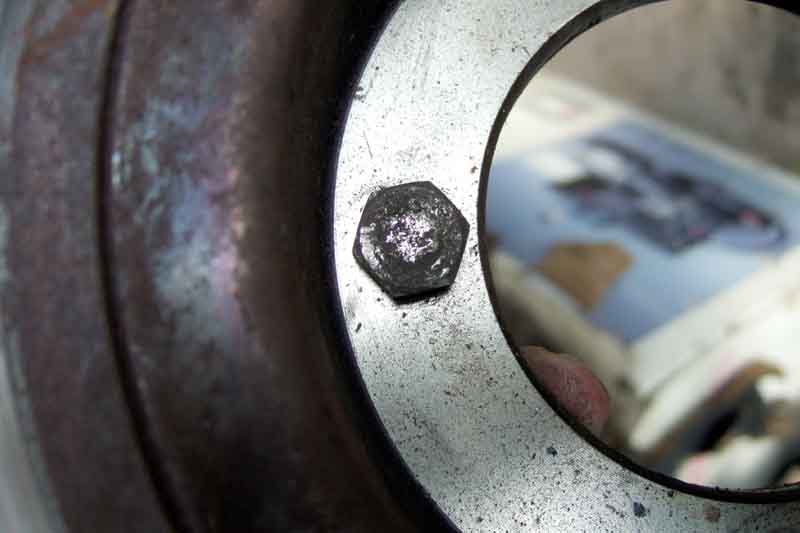
One of the old discs not much more than half the thickness of the new, the other is not so thin so probably has been replaced in the past.
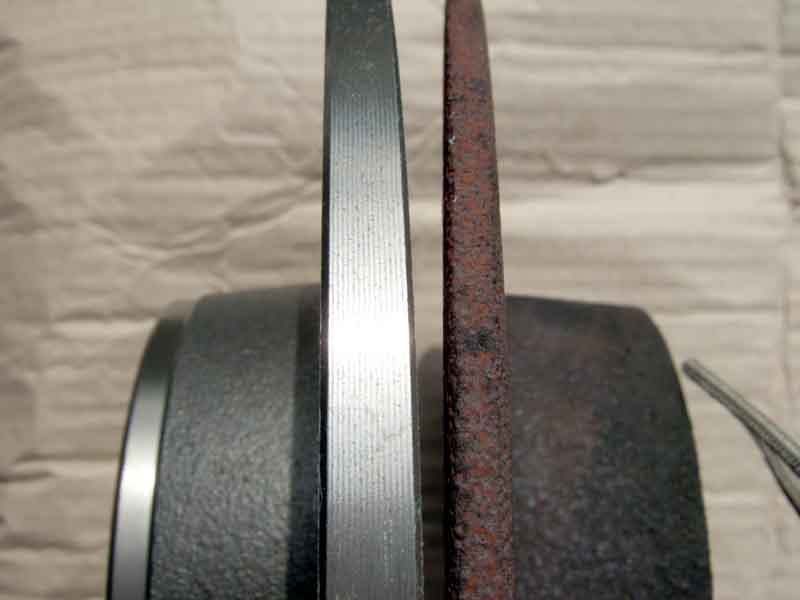
Shiny new calipers, discs and pads

Old pads, overheated side on the right showing them badly crumbled as well as reduced in thickness. Annoying, as they were only replaced a couple of years ago.
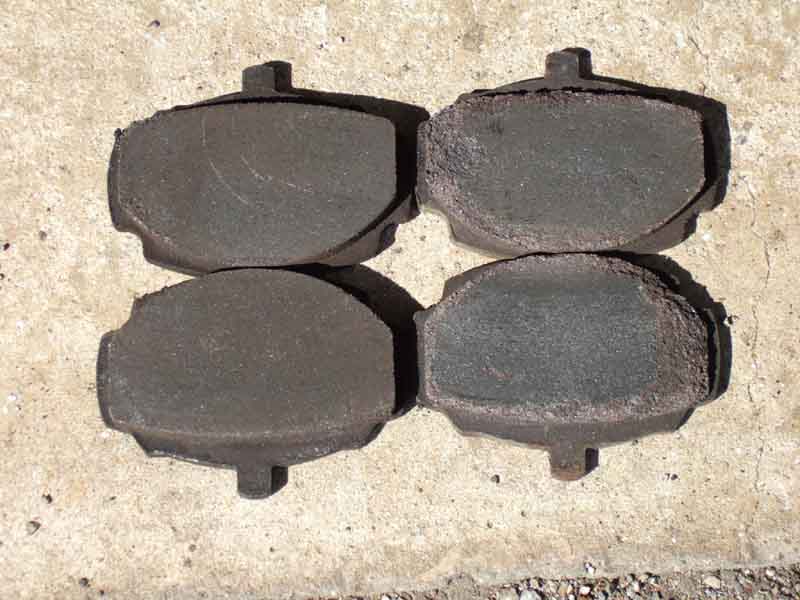
Hose clamp. Halfords had two, this was about a pound cheaper than the other, so got my vote. However they are only plastic whereas the others are steel. If they get brittle and break than they will have been poorer value. Also the part that grips the hose is 'V' shaped on these plastic clamps whereas it is 3/16" or so round bar on the metal ones which is probably less harmful to the hose.
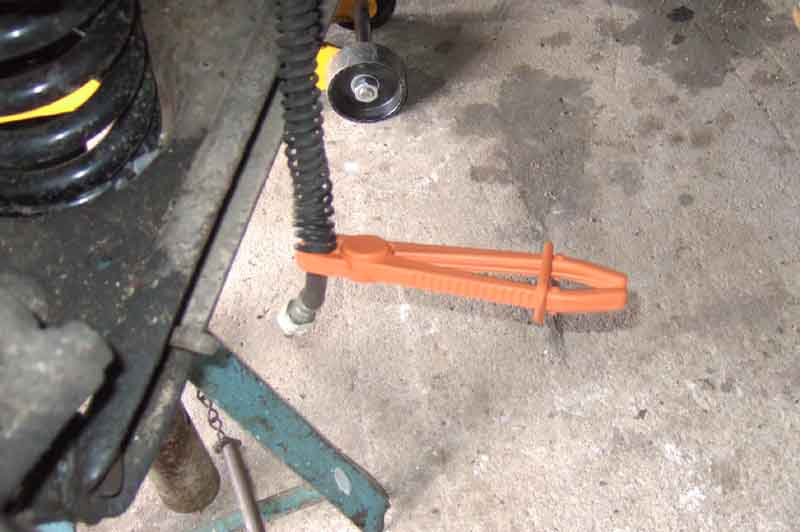
Vee's disc change. Old discs with very shallow machining and a good distance to the wall so a standard socket grips the head for removal.
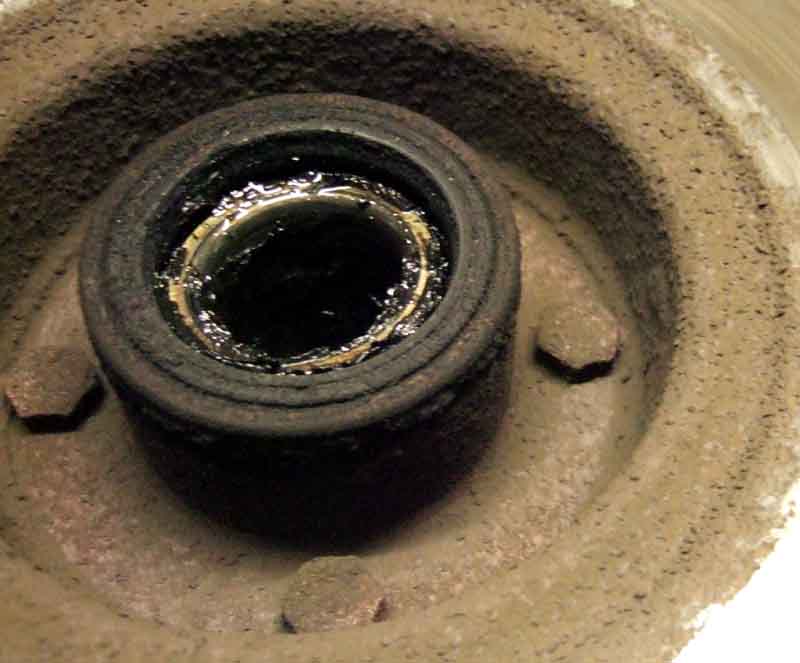
But the new discs have very deep machining, almost as deep as the head, with negligible clearance to the side of the bolt head so not even the box-spanner will go on, let alone a socket.
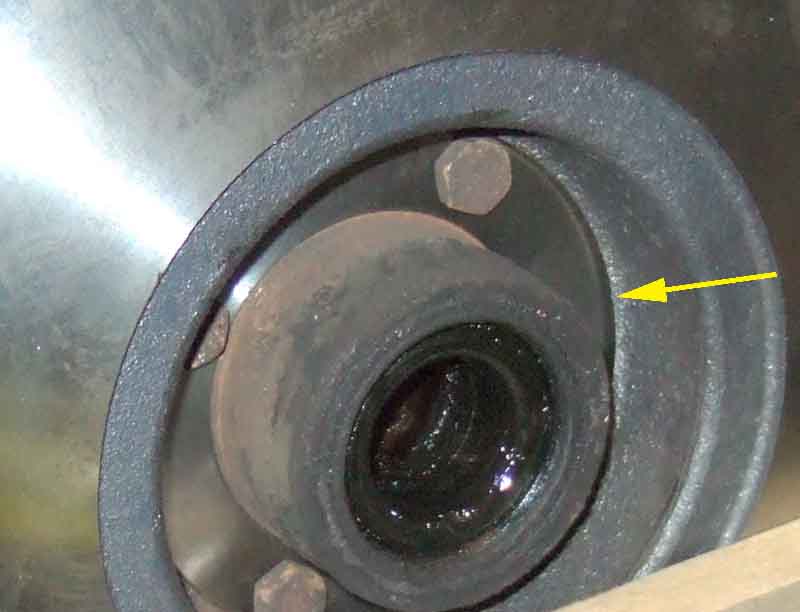
In the end I had to wedge the flat blade of a screwdriver in between a flat and the side of the machining. That gap was even narrower on the second disc, not enough space to grip the screwdriver as with the first one. The second one I tried was fractionally too thin and went round with the head, but finally an in-between size locked the head. A thick washer would raise the head enough to get a socket on, but would need a longer bolt to get the same number of threads protruding.
